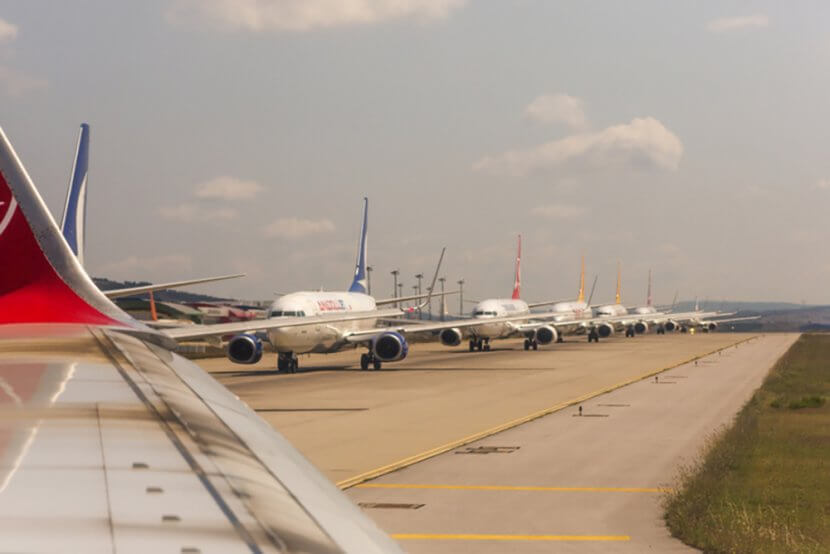Airports of all shapes and sizes and in all parts of the world face a very real threat from bird and animal strikes. The safety of passengers and crew members is at risk whenever a plane lands or takes off, and of course the busier the airport the more frequent those threats can be. The world’s busiest facilities handle millions of passenger movements in any given year, and as a result can never afford to be anything less than 100% proactive and 100% vigilant.
These busiest of the busy face a particularly unique issue, too. The number of daily flights is always high, and as a result there isn’t much time between movements to reassess bird behaviour or to formulate any changes in strategy. In short, it’s often the case that what has worked well for the previous twenty planes will have to work for the next twenty as well. It’s a problematic issue, of course, and it’s one that causes major headaches for those charged with ensuring airside safety.
China’s busiest airport in these Covid-affected times has been Guangzhou Baiyun, and authorities there have faced a number of issues with bird movements in recent years. As well as using a range of bird dispersal appliances, they have tried insecticide drops near runways in a bid to remove the birds’ main food source. Using chemicals with strong aromas that birds find unpleasant has also been a tactic.
A major scare, but thankfully nothing more than that on this occasion
Atlanta’s Hartfield-Jackson Airport, traditionally one of the world’s busiest, was at the centre of a major bird-related incident as recently as May 2021, when a Delta flight to Washington had to return to Atlanta after coming into contact with birds on take-off. Thankfully, no-one was hurt, but the plane suffered a cracked windshield. The implications of what could have happened remain all too real, of course.
The team at Atlanta has tried a number of methods in the past to prevent not just bird strikes, but also encroachment from deer and other forms of wildlife. Remote control propane cannons and flare guns have featured strongly, and the airport has also worked in partnership with Washington’s Smithsonian Museum in a bid to gain further understanding of the movements of various creatures deemed to be a threat to air traffic.
And as recently as January 2022, controllers at London’s Heathrow Airport had to ask a number of flights to delay landings after a fox was spotted walking close to the usually busy 27R runway. Bird dispersal operations have long been a part of everyday life at Heathrow, via the use of distress calls, pyro techniques, gas cannons, handheld lasers, radar and sophisticated bio-acoustic dispersal systems. They also incorporate a range of discouragement techniques, such as leaving the grass at a bird-unfriendly height of 6-8 inches and netting over external water sources.
Given the amount of flights being handled at Guangzhou, Atlanta, Heathrow and elsewhere, it comes as no surprise to hear that bird dispersal is always a journey rather than a destination. This is a problem that won’t just disappear one day, so making the most of all the tried and trusted methods allied to the very latest technological advancements is a must. It always has been and it always will be.


